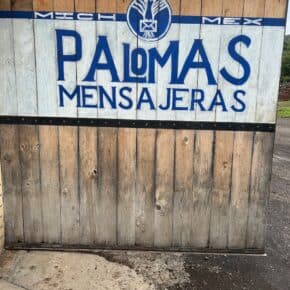What are puntas? In Spanish, the word puntas means “tips” which corresponds exactly with its meaning in the mezcal world, where it refers to the first component of the distillation, which is rich in methanol.
When alcohol is distilled, the liquid that comes out of the still is divided into three parts; the beginning, middle, and end of each distillation. The distilling world generally refers to these as the head, heart or body, and tail of a distillation run. In Mexico they are referred to as the puntas or cabeza, cuerpo or corazón, and colas. Each contains different chemicals, with the most toxic components concentrated in the head and tails.
The puntas also contain many other chemical compounds like propanol, ethyl lactate, acetic acid, and furfural that are critical to some of the amazing flavors in mezcals, so there is always a balance in where to cut them. In many cases, distillers cut out the puntas and then blend a small amount back into the body of the distillation in order to add more flavor, alcohol, and nuance to their mezcals.
Discussions over how much of which chemical compounds are safe and allowed in mezcal have been active ever since the denomination was created. Originally chemical standards were based on tequila’s model, but gradually it become clear to regulators that mezcal is a different product with different chemistry and that international standards can be much more liberal than those in Mexico. The debate over the levels of these compounds continues to the present with recent legislation.
It’s also worth noting that much of the methanol in mezcal is derived from the bagazo which is the mash of roasted and fermented agave matter. Many smaller scale distillers in the artisanal and ancestral categories distill both the bagasse and its fermented liquid both because that is their distilling tradition and/or they like the flavors that it delivers. Many larger scale distillers strain out the bagasse and just distill the fermented liquid because it’s more efficient and results in less methanol.
Puntas are rarely bottled on their own because they have so much alcohol and their chemical compounds are difficult to tame. Talk about perlas! But that also means that there is a potential bounty of flavor and sensation in puntas, which has made them something of a cult item among aficionados. Mal Bien has one bottle while the raicilla world seems to be over-represented: La Raicilla Venenosa alone has produced a number of different bottles.












Leave a Comment